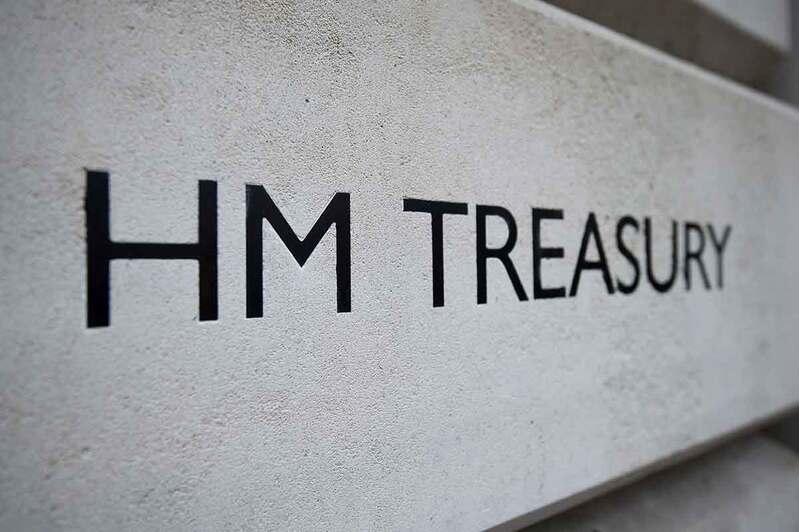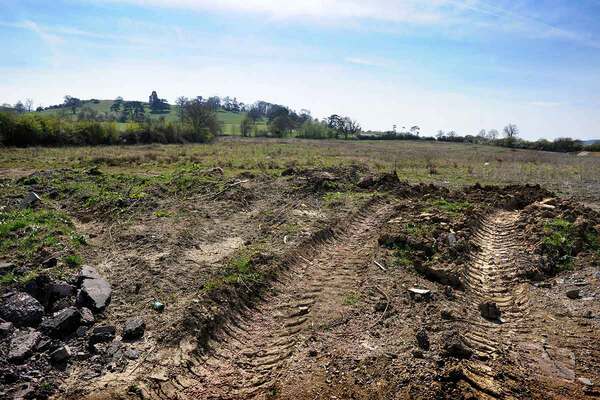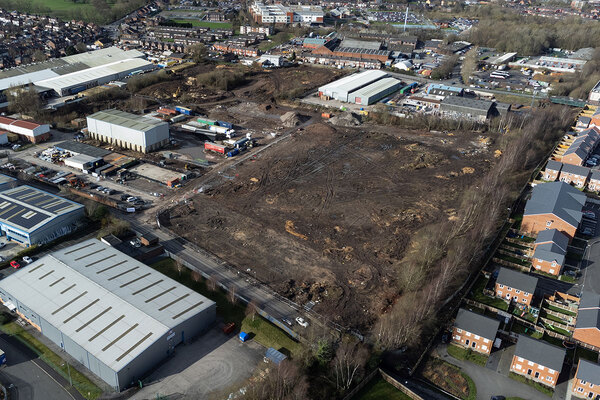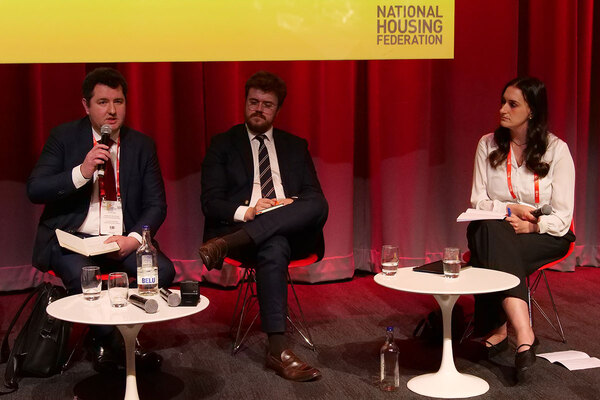Treasury rules don’t work for housing in the North. Let’s reset value for money to unlock investment
Following the organisation’s research into brownfield land and the Treasury’s value-for-money metrics, Patrick Murray details the case for resetting the rules to unlock investment
The next few months will bring much-needed certainty over housing policy as the government sets about implementing a busy agenda. At the heart of this is the upcoming Budget and Spending Review, which will effectively set the public investment landscape for this parliament. Get this right and we can tackle the housing crisis head on.
Get it wrong, and it’ll be yet another missed opportunity to both build the homes we desperately need and regenerate communities around the country.
So the stakes are high. The amount of money secured is obviously vital. But one critical, and often overlooked, element of government funding is how value-for-money rules are applied. These rules, and their interpretation, basically decide which projects money can be spent on.
As exposed by our recent research at the Northern Housing Consortium on the opportunity to unlock land for 320,000 homes across the North by remediating brownfield sites, there is a problem here.
Put bluntly, these rules – and the way they are interpreted – have locked out much-needed investment in regenerating the North’s communities for years.
Often you’ll hear people talking about the Treasury’s Green Book as a blocker. The truth is more complicated. The Green Book does set out the government’s rules. But what it actually says and what gets applied are often not the same thing. For example, the Green Book is clear that value-for-money cases need to consider the strategic, economic, financial, commercial and management cases and all need to be weighed equally.
Yet, in many cases, what gets considered by policymakers is simply the economic case. Worse still, within that economic case a narrow interpretation on the merits of particular investments is narrowed further by what can be included in the benefit-cost ratio (BCR), or things that can be ‘monetised’ in the economist jargon.
For housing interventions, this is heavily based on the uplift in land values from new development. This land value uplift basically trumps all else.
That’s fine if you’re building on a greenfield site in the South East. But if you want to remediate a brownfield site contaminated by heavy industry to regenerate a community and provide new homes, the upfront cost of doing that and the lower land value mean too often it doesn’t stack up.
There is some hope here, though. The Ministry of Housing, Communities and Local Government recently updated its Appraisal Guide, which sets out how to interpret the Green Book rules for housing and regeneration investments. This included the ability to apply “bandings”, rather than a narrow BCR to take into account more factors in judging value for money where there is good evidence to do so.
Homes England also published several research papers recently, demonstrating how certain elements related to regeneration and sustainability can be accounted for in the BCR itself. Taken together, these approaches have made more projects fundable.
But ahead of the Spending Review we can, and must, go further. We need to make sure that political priorities reflect the needs of our communities across the country. After all, the Green Book and government appraisal processes are about judging the value for money of a particular course of action, not deciding what the course of action actually is. As ever, it is the politicians who make the decisions about what they want to prioritise.
We then need to make sure that there are really strong and clear strategic cases to support those political priorities put together in Whitehall departmental bids to the Treasury. These can be weighed alongside that all-too-powerful economic case.
We need to make sure that the long-overdue wider approach to what is considered in a value-for-money assessment is embedded in any new programmes from the start. It is notable that the current Brownfield Housing Fund is based on the old system and therefore has struggled to fund projects in areas with lower land value.
Critically, we need to get away from judging individual schemes on a BCR. This further locks out investment opportunities from a programme. A different approach is taken in the current Affordable Homes Programme. The value for money is assessed across the programme as a whole, allowing some projects to go ahead with a lower BCR if others balance it out. Taking this ‘portfolio’ approach and applying the new methodology on how we judge value for money will unlock many more schemes.
Finally, we could go even further if the Treasury’s Green Book itself moved beyond the BCR as the core element of the economic case. It could stress instead the relevance of a banding system for value for money, allowing other benefits particularly linked to the strategic case, and where there is good evidence, to be included.
If we can do all that, we might finally crack the problem of the Green Book.
Patrick Murray, executive director for public and policy affairs, Northern Housing Consortium
Sign up for Social Housing’s comment newsletter
New to Social Housing? Click here to register and sign up to our comment newsletter
The comment newsletter brings you a fortnightly selection of specialist opinion, guidance, and political and economic commentary, from a unique range of leading experts.
Already have an account? Click here to manage your newsletters.
RELATED










